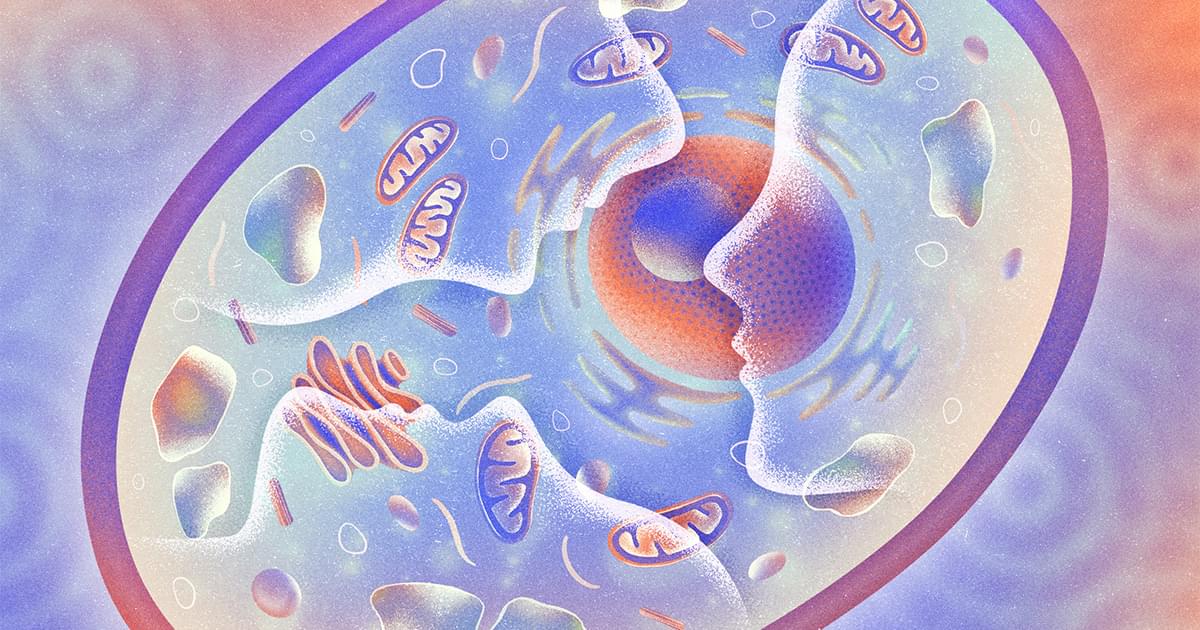In a provocative study published in Nature Communications late last year, the neuroscientist Nikolay Kukushkin and his mentor Thomas J. Carew at New York University showed that human kidney cells growing in a dish can “remember” patterns of chemical signals when they’re presented at regularly spaced intervals — a memory phenomenon common to all animals, but unseen outside the nervous system until now. Kukushkin is part of a small but enthusiastic cohort of researchers studying “aneural,” or brainless, forms of memory. What does a cell know of itself? So far, their research suggests that the answer to McClintock’s question might be: much more than you think.
Brainless Learning
The prevailing wisdom in neuroscience has long been that memory and learning are consequences of “synaptic plasticity” in the brain. The connections between clusters of neurons simultaneously active during an experience strengthen into networks that remain active even after the experience has passed, perpetuating it as a memory. This phenomenon, expressed by the adage “Neurons that fire together, wire together,” has shaped our understanding of memory for the better part of a century. But if solitary nonneural cells can also remember and learn, then networks of neurons can’t be the whole story.
